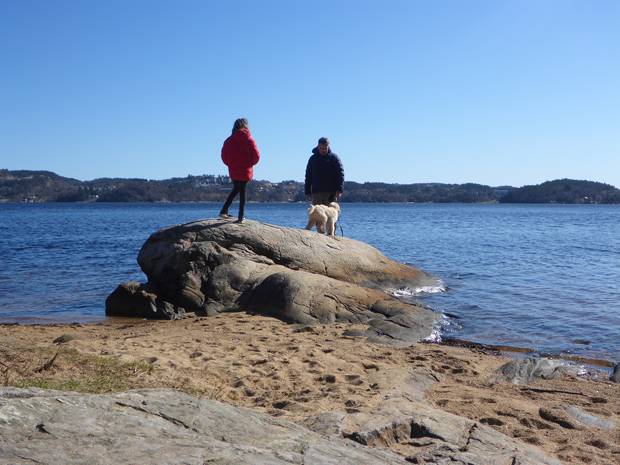In particular to southern Norway and the areas of Kristiansand north to Larvik and Stavanger. The purpose of our trip being threefold; to explore the lives of a well renowned Norwegian sailor and his wife, Erling and Julie Tambs, secondly to re-kindle old friendships dating from Rob’s Boy Scout days over 40 years ago and thirdly to visit our cruising friends, Svein and Irene from their yacht Lovinda Too whom you may remember were moored alongside us in Whangarei back in 2017 and with whom we visited the Kauri Museum.
Leif and Marianne, who you see in the photo where we are having dinner with them in a converted theatre, The Teateret, were scout leaders at the time, four decades ago and we stayed with their daughter Hanne who spent a year in England and was nanny for a time to Rob and Christine’s children, Richard, Charly and Jonty. Hanne is married to Henning and they have two daughters, Tuva and Ingri and a six month old Australian Cobber (friendship) Dog, Calle who is a welcome and loving addition to their family.
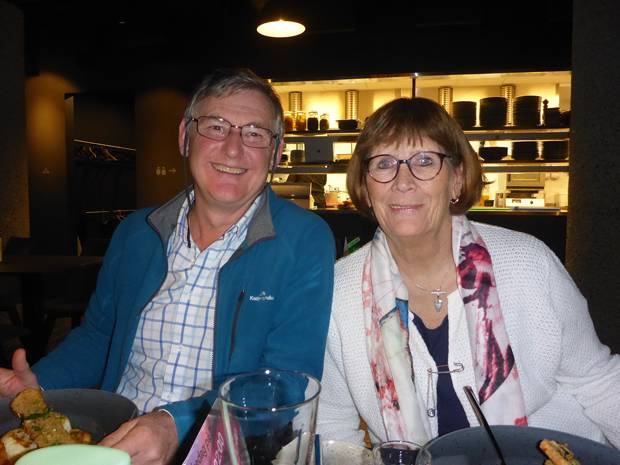
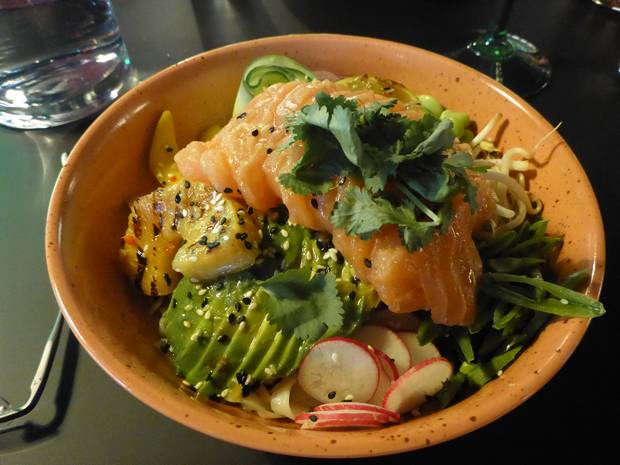
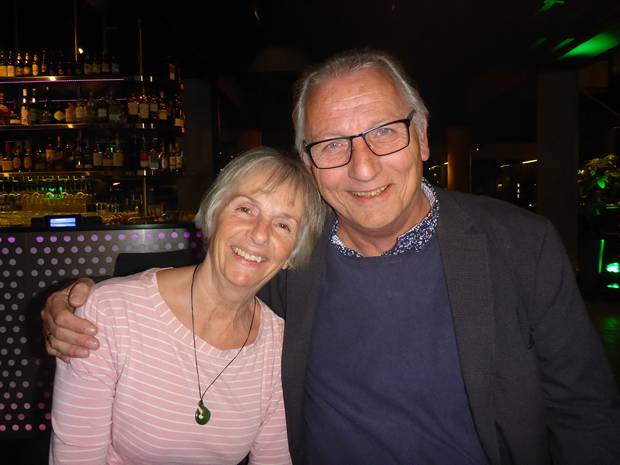

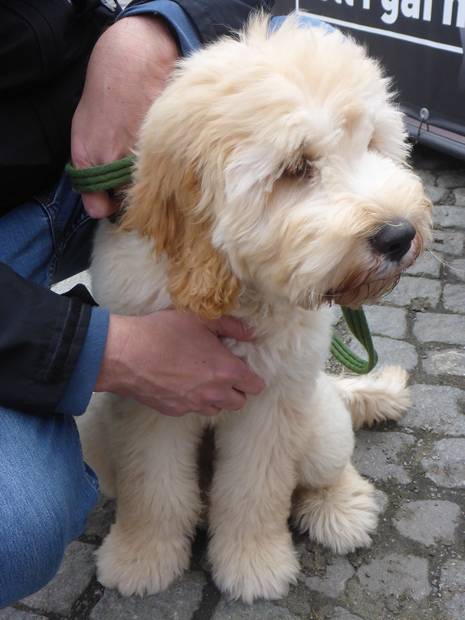
They live high up on a hill in a row of wooden homes overlooking some of the many picturesque lakes and waterways around Kristiansand and the wooded hills opposite. Hanne met us at the airport and we collected some food for supper before arriving at their home where Rob and I were staying in Tuva’s room.
Erling (the original Erling’s grandson) arrived to collect us bright and early and we drove south to start with to Ulversund, the pretty little waterway you see in the photos with Rob and Erling and where Erling and Julie spent their last night in Norwegian waters before the start of their mammoth voyage back in the declining summer of 1928. I hope in showing you the photos on this blog to convey the coastline of southern and south eastern Norway as it is, both rugged and picturesque.


We then sped north for a few hours to Larvik to visit Erling’s daughter Tui who was born in New Zealand and named after the delightful native NZ bird I have described to you before that has a unique and complex song. Tui is 88 now and remembers nothing as she was only a few months old when the family lost Teddy on rocks to the south of Kawau Island outside Auckland and Tui was held secure on a rock by her older brother Tony before both were rescued. But she does have an apartment full with boxes of photos, newspaper cuttings and articles about Erling’s adult life subsequent to the voyage in question and her daughter Karin was there and told us lots about her grandparents.
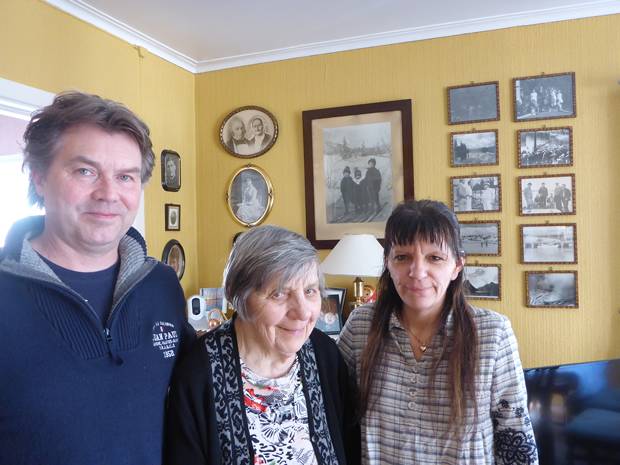
My aims of the visit were all achieved and exceeded so I was very satisfied as we made our way in the brilliant sunshine to the pretty little fishing port called Nevlunghavn where the Tambs settled after their return from New Zealand. This was a nostalgia trip for our Erling who spent summer holidays playing in the garden at their home and remembers the little boat-shaped castle his grandfather (who died just before he was born) built in the garden, which is still there.

Hanne was making home-made pizzas with salad when we got back for a family supper.
The next day after a tour around Tuva’s international school with the Cornish headmaster Erling collected us for a visit to his home to meet his family, wife Ann Margaret and their son Ulrik. After tea we looked through his grandfather’s original manuscript of the book he wrote about the voyage and his scrapbook of an extraordinary sailing career.
It was that evening that we had supper with Marianne and Leif and I tried the waiter’s recommendation which as you can see is full with delicious vegetables but what you cannot see is that it was glazed with a hot clear chilli sauce which meant I was struggling determinedly on long after the others had finished! At the top of the Radisson Hotel building opposite the cold beer was very welcome I can tell you. Eilif and Evelyn and their mutual friend Tojo arrived on his bike without lights and the group reminisced about days gone by until midnight when we descended to the old Scottish style pub next door for a final hour before Hanne, bless her, collected us at 1.00am.
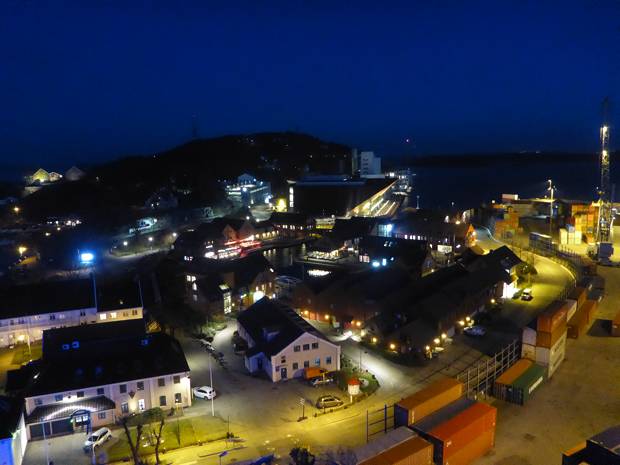
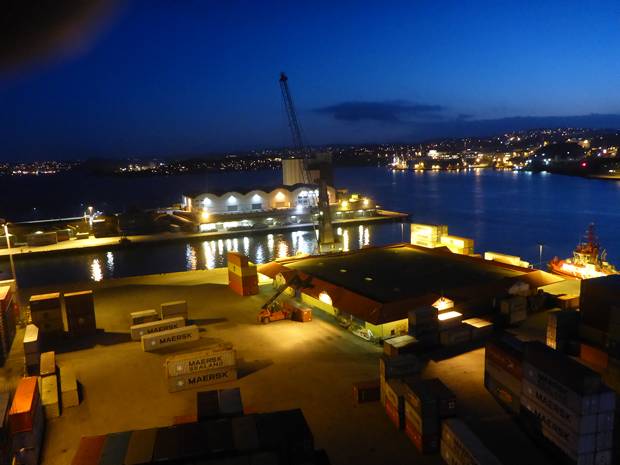
Grey skies and a chilly wind accompanied us on a look around the Kristiansand waterfront, past the brave young sailors in their Optimists, a pretty nordik double-ender (a spitzgatter in Norwegian), Maja and on to the fish market where Calle’s olfactory organs were working overtime and Hanne bought a big bag of prawns in their shells which lasted for a number of meals and sandwiches. We explored the clean and mainly pedestrianised streets of Kristiansand centre before having a welcome coffee in a warm café.
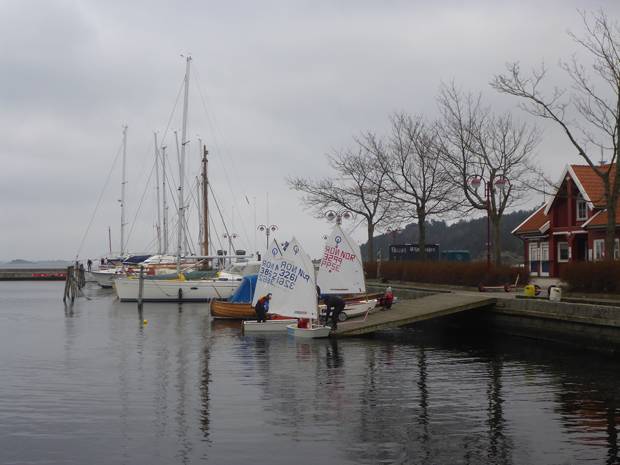
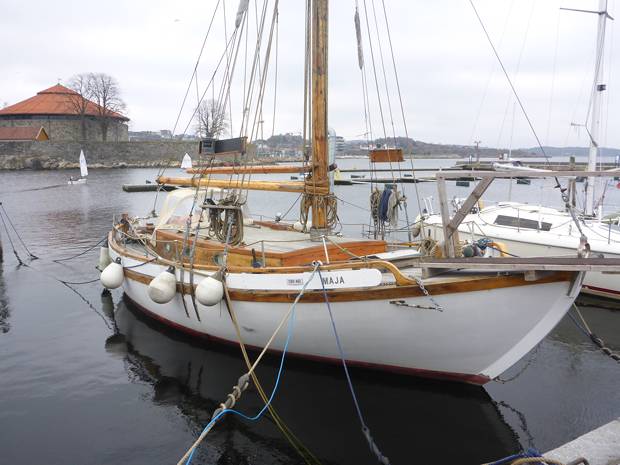
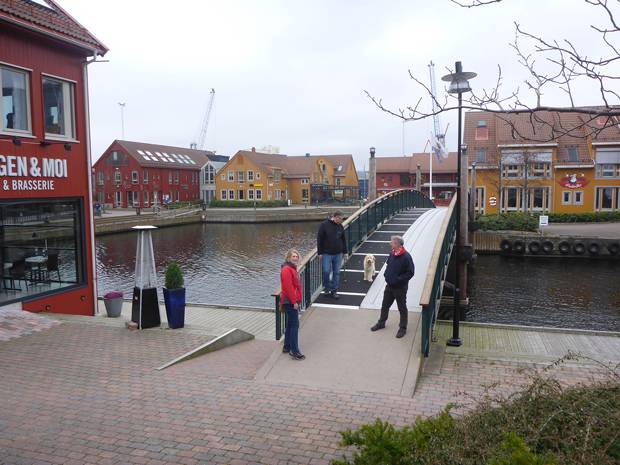
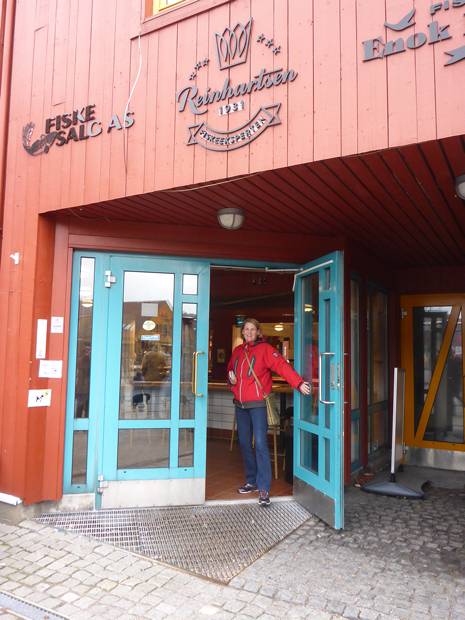




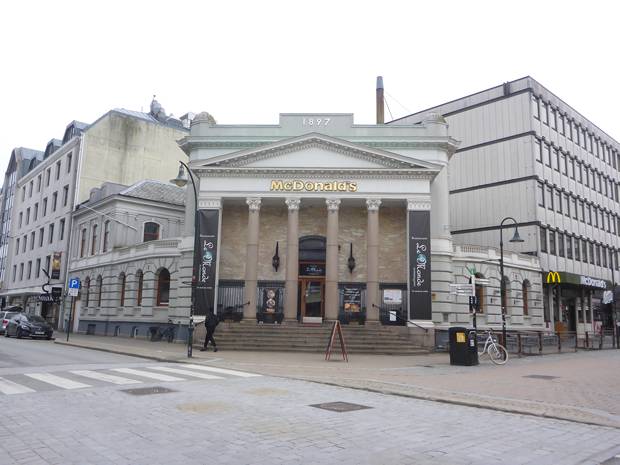
Fortunately for our last day with the family the sun once more made an appearance as we wandered down through the troll wood at Hesnestanger, an area of countryside set aside and enhanced by a development company in return for the permit to build houses. Ingri liked the trolls, her head on his shoulder in the second photo gives an idea of scale and walking with Calle and we loved their company.
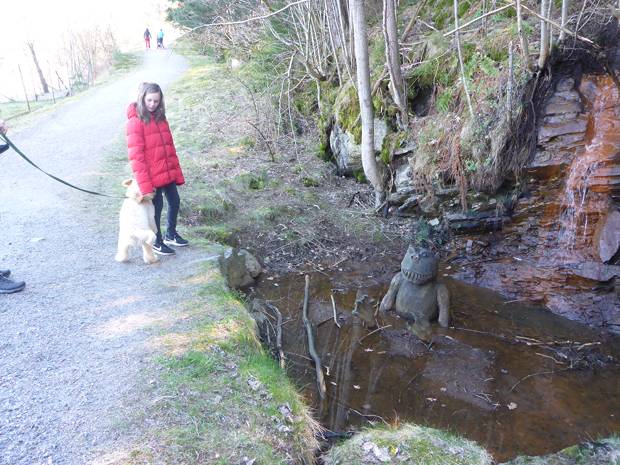

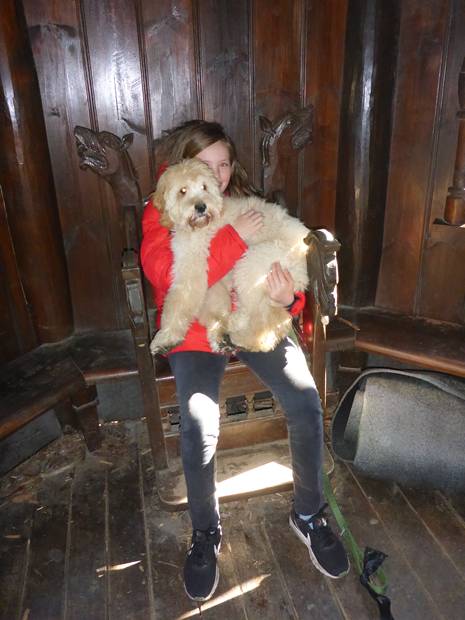


Again in the afternoon we visited Erling at home, this time to meet his mother Solveig who had celebrated her 70th birthday the evening before and his sister Camilla. We listened to lots more family anecdotes and discussed how to take all we had learned forward into our shared literary projects. A constructive and enjoyable teatime.
It was Hanne’s birthday the next day as she drove us to the station to catch our long anticipated three hour journey to Stavanger. We had been looking forward to more pristine Norwegian scenery and weren’t disappointed as we viewed frozen lakes, wide blue rivers and numerous long tunnels while munching our prawn sandwiches.
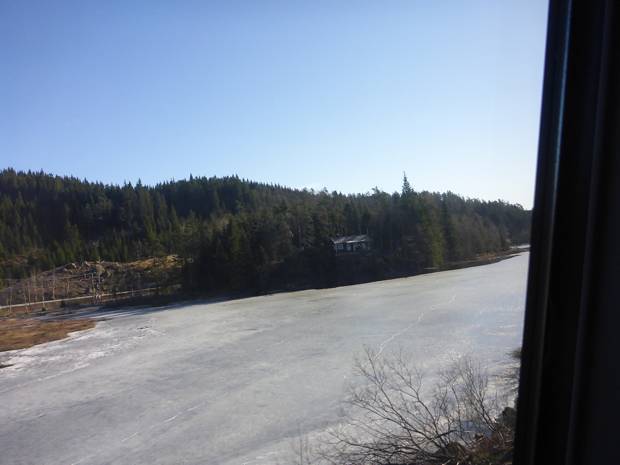
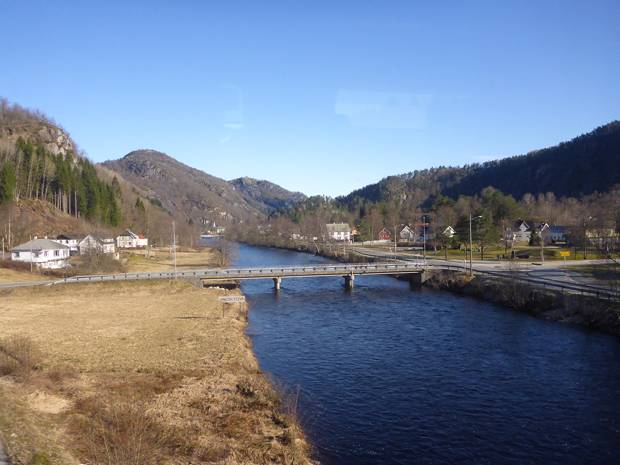
Stretching our legs around Stavanger
After a tasty lunch of carrot and potato soup with Irene and Svein in their green home overlooking Harastadvika, the tiny marina in which Lovinda Too is safely moored with Stavanger Fjord beyond we decided a long walk through the countryside and around the coast of where they live was called for.

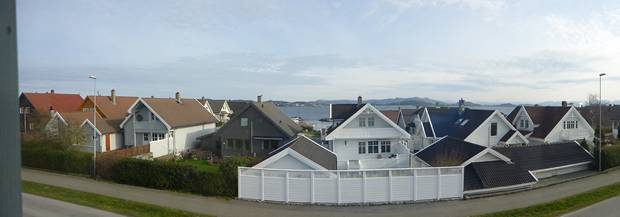
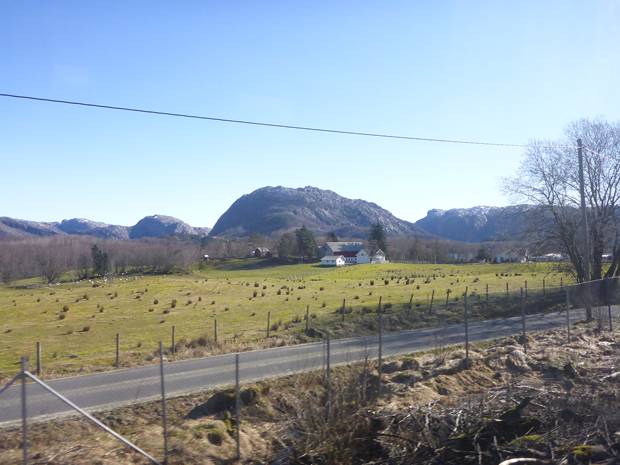
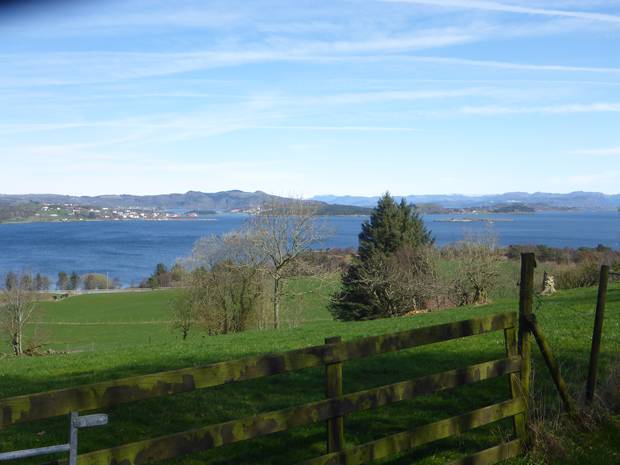
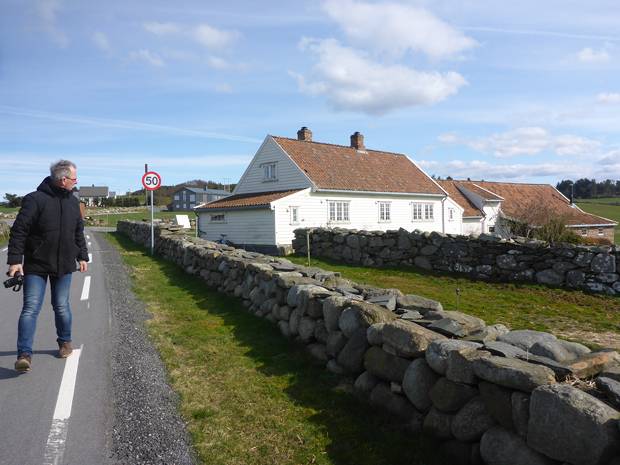
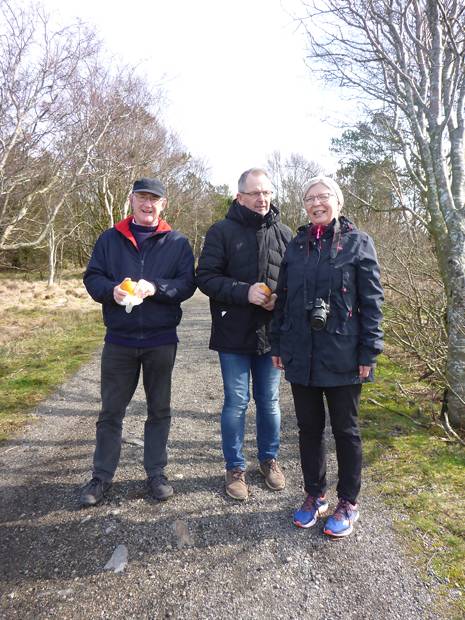
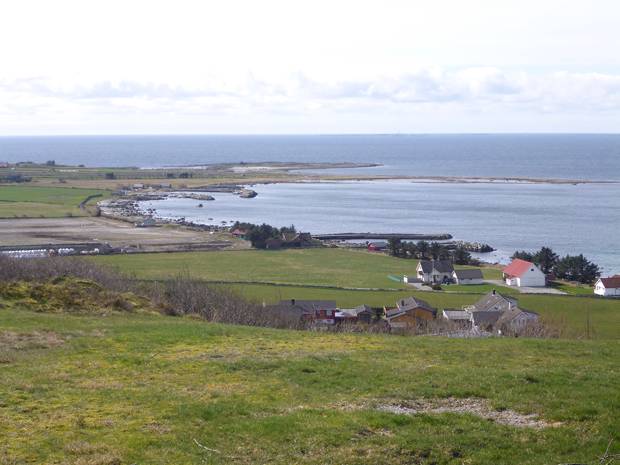
Snug low lying farmhouses hugged the hillsides against the prevailing south west winds and storms and in one we met an old school friend of Svein’s, a farmer who showed us his llamas and new born lambs. We climbed up a steep hill past the military centre where Svein had served for some years and out onto a promontory from which we could view the deceptively peaceful coastline and North Sea beyond and to our right the waters of the North Way from which came the country’s name.
Svein has lived in Stavanger from when he was a small boy having arrived in this world at a lighthouse in the Lofoten Islands where his father was the keeper. So the sea is in his blood and his circumnavigation with Irene and in parts their friend Hans, who celebrated his birthday on Zoonie back in May 2017 if you remember, came as a natural progression as soon as they had the time to make waves.
They sailed from Whangarei in May 2017 and arrived home in the first half of 2018, taking residence back in the home they built 18 years ago a few months later. So they have travelled the route we are looking forward to and Rob and I wanted to hear all about their experiences, especially the Indian Ocean. Many cruisers sell their boats in NZ or Australia or have them shipped home so as to avoid the rigours of the Indian Ocean which is a long fetch of water over which the wind and waves build to giant proportions and Svein explained why.
The wind from behind is one desirable thing but Lovinda Too battled the waves that came from the southern ocean on the port (left) bow. From Cocos Keeling to Mauritius we will experience some lively conditions but our past experience and Zoonie’s sea kindly nature give us confidence.
For now we were enjoying their company and sharing their success and seeing how they are picking up their new life back home. With Lovinda Too resting under her covers just a few metres away, sailing will definitely be a part of it.
It is not only New Zealanders who are good at picking up their wooden homes and transporting them to new locations. In the old part of Stavanger are the workers cottages, homes of the men and women who worked in the herring industry, fishing for herring and smoking and canning the catches in the restored factory. Many had been farmers who came to the city to find work bringing their houses with them. As industry changed to shipping, ship building and commerce the future of the cottages seemed to be demolition to make way for modern high rise blocks until one architect impressed on the powers that be the need to preserve the white painted, red-roofed cottages as part of the city’s history.


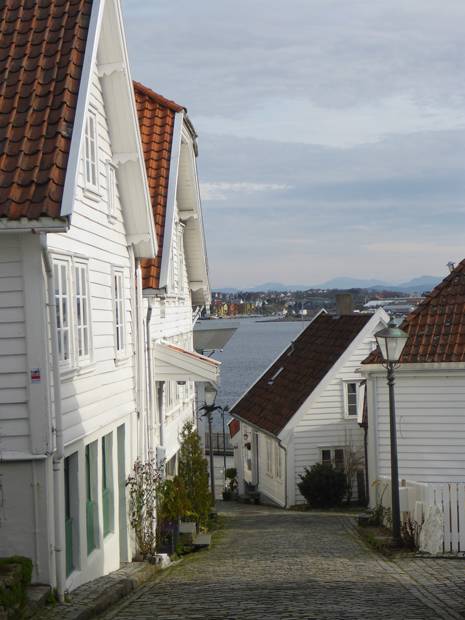
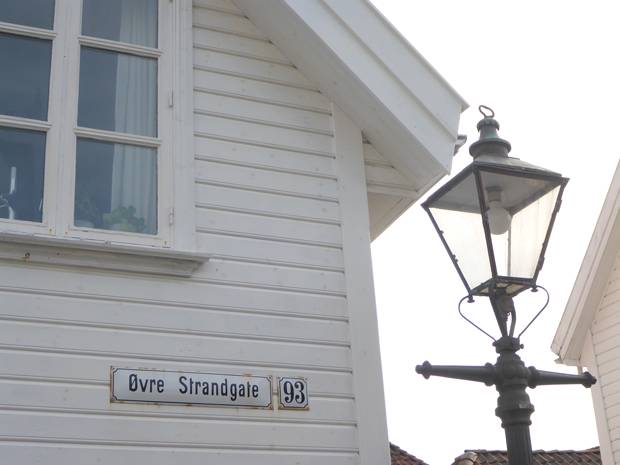
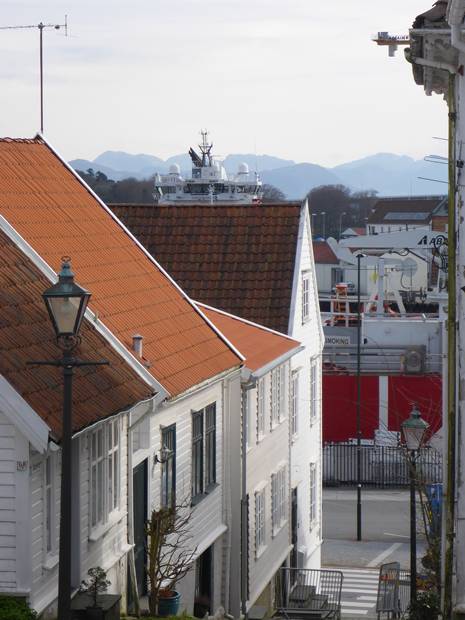
Today they are all lived in and lovingly restored and preserved, taking their place in modern Stavanger alongside all the subsequent new buildings.
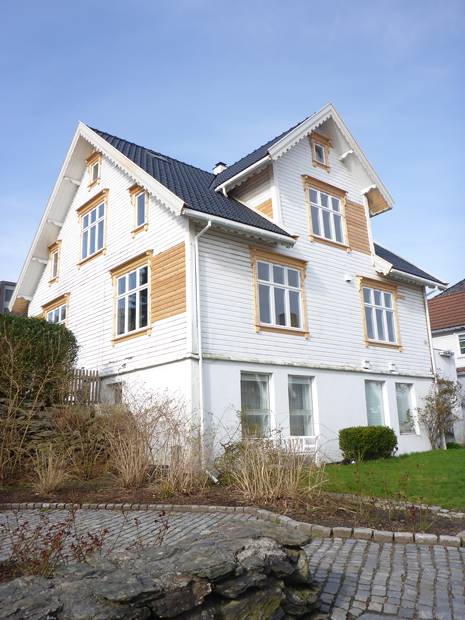
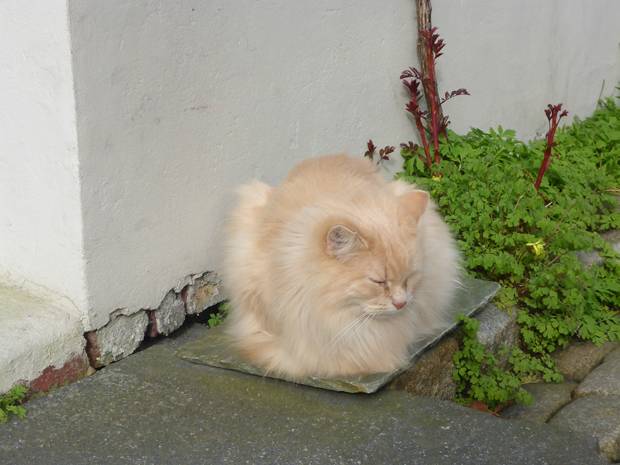
Stavanger has Catholic origins and was a group of islets with waterways around them which were gradually filled in to unite the buildings with roads and create a workable city centre, a little like Venice. The cathedral is part of the city park (Byparken) and sits alongside a bird lake complete with fountain. The British sculptor Anthony Gormley has been here and planted some of his self-portrait bronze statues as part of the city scene. The last time I hugged one was on Crosby Beach near Liverpool.

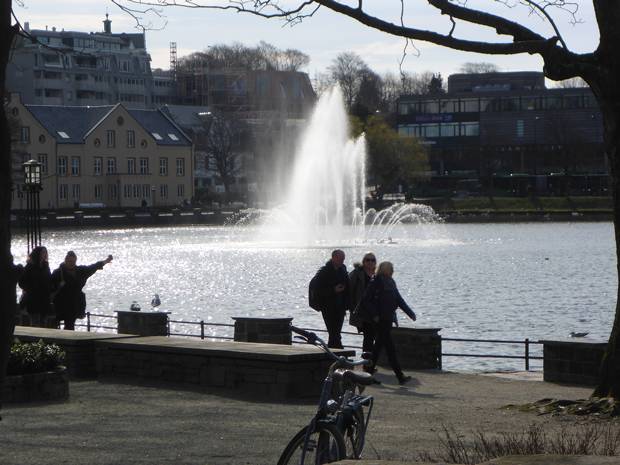

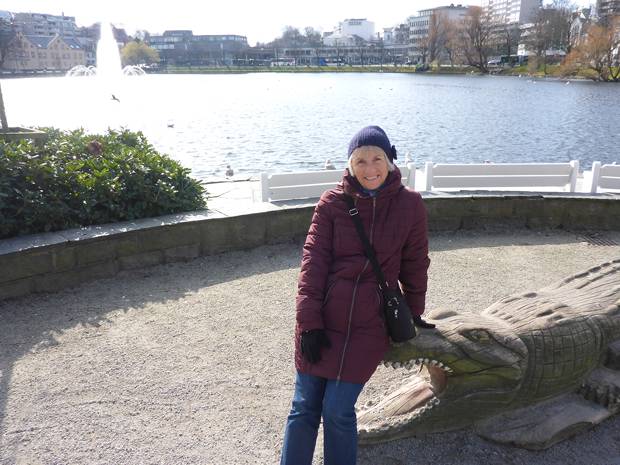

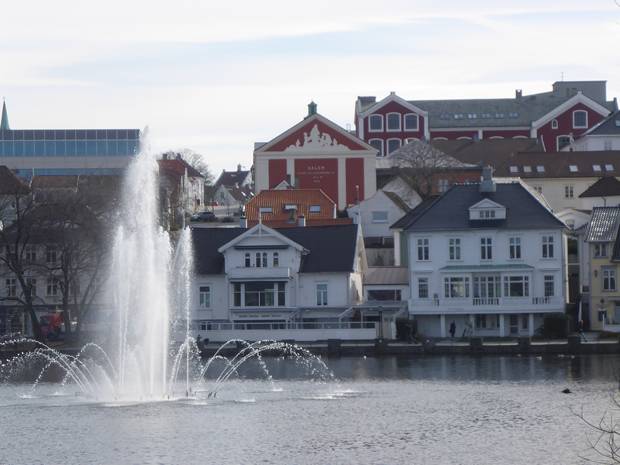
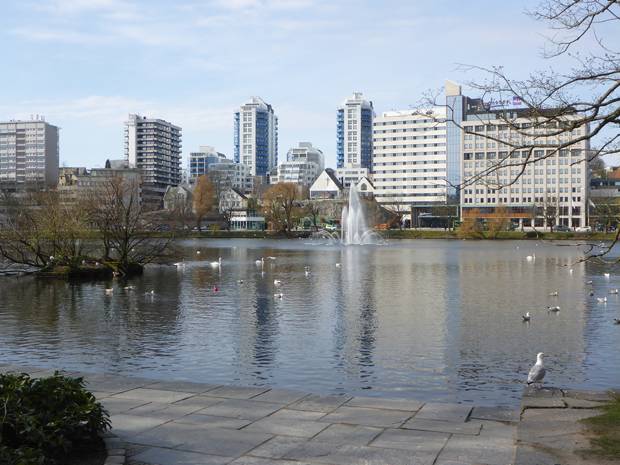

All around this welcoming heart are small courtyards of shops, restaurants, bars (not for us at £10 per pint) and residences and behind, the beating heart of business in modern office blocks. Despite their long and bitter winters al fresco socialising is encouraged with outdoor heaters and blankets and some of the arcades have been roofed with glass and polycarbonate so they are bright and yet warm inside. From the opposite side of the harbour we climbed to the fire tower (essential in a town built of wood and providing a good view of the harbour and beyond) and looked across to the workers cottages and the empty wharves which are host to frequent view blocking cruise liners in the summer. We were lucky and had the place to ourselves.
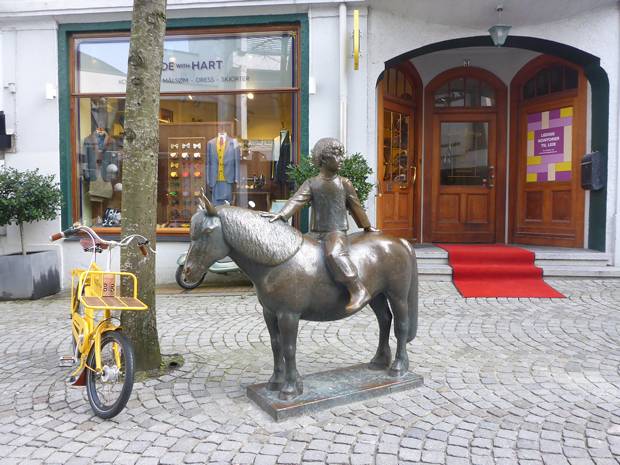
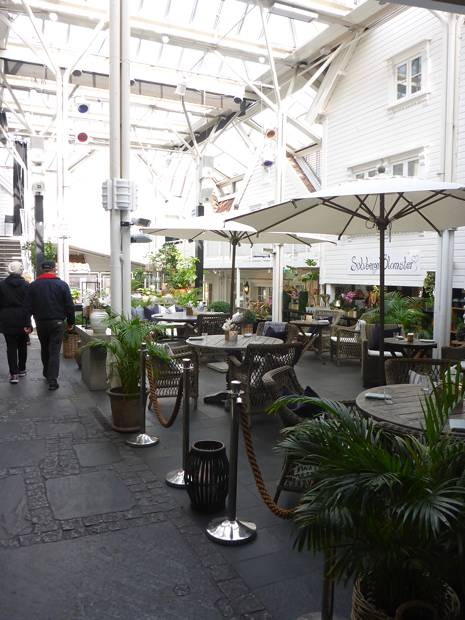
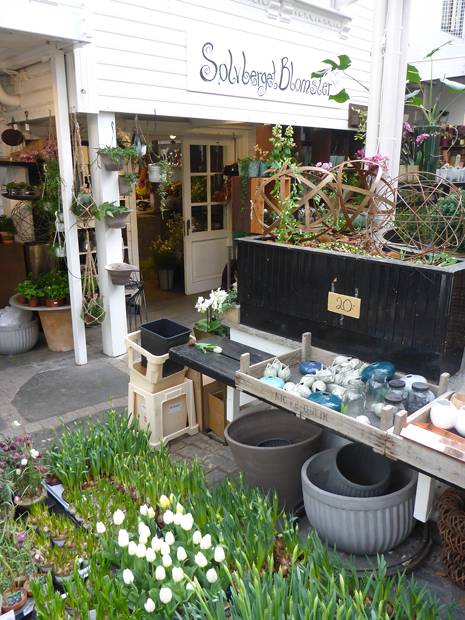

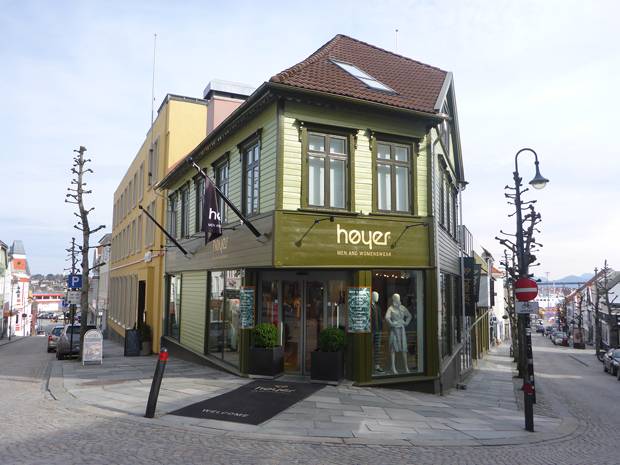
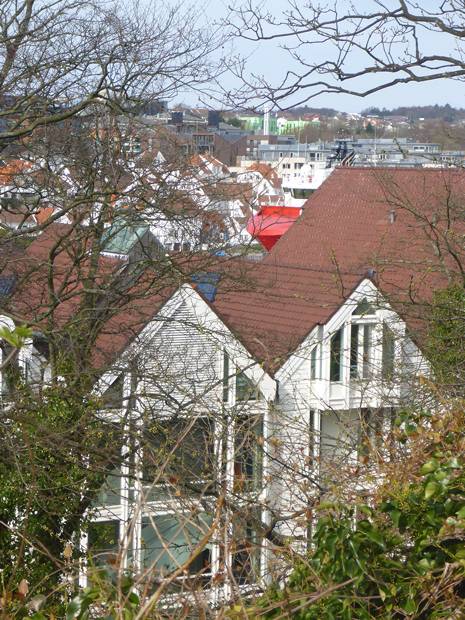
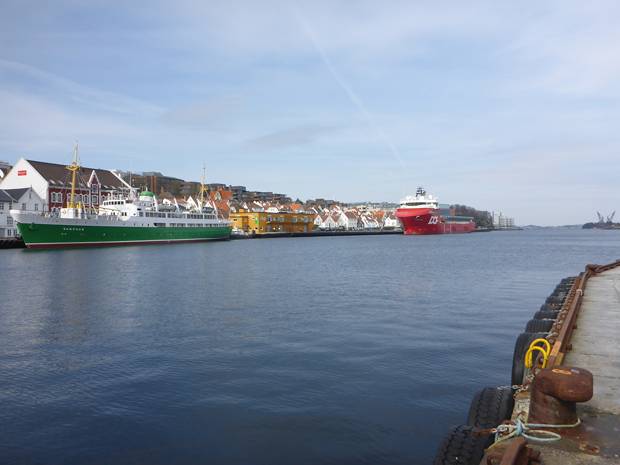
In the evening after a yummy supper we viewed our friends’ photos of Vanuatu and New Caledonia to see what we have in store this year and it’s all good.
To Svein’s Lighthouse
Svein had an unusual childhood at Tungenes Lighthouse as did all the children who lived there from its inception in 1828, because with the lighthouse being built on the mainland coast they were able to attend school with all the other town children. The disadvantage of this location for the seafarer was that the dangerous rocks stood infront of the lighthouse presenting a hazard to shipping if it came to close to shore.
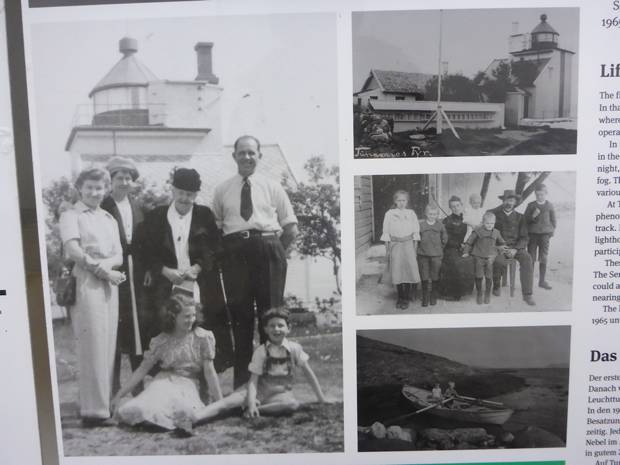
The weather was benign while we were there but the photo of the new beacon in a storm shows how wild and dangerous this coast can become. The unmanned beacon was built offshore to the seaward side of the shore hugging rocks and as you can see from the display board Svein’s father, Bjarne was the last keeper of the lighthouse.
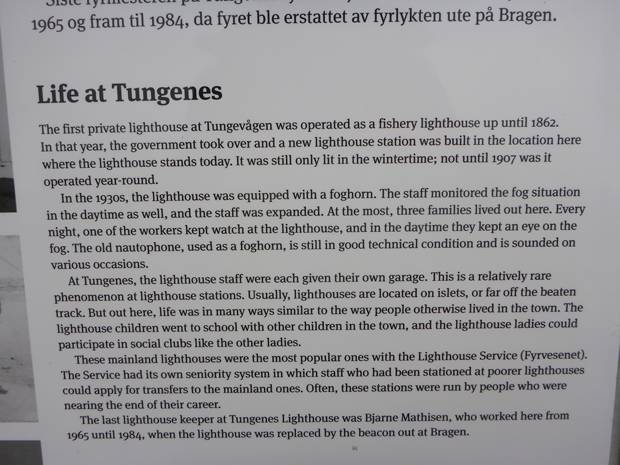


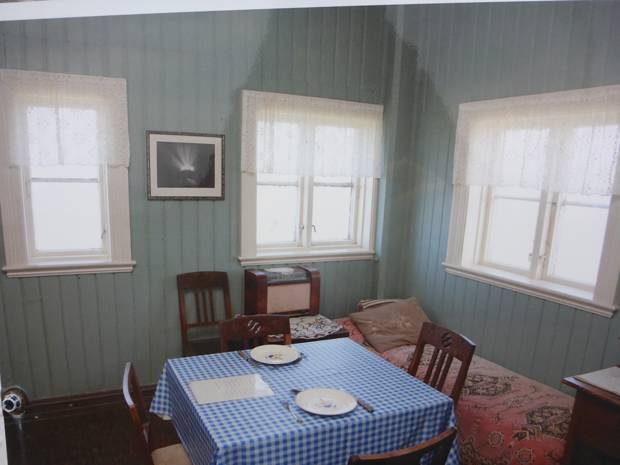
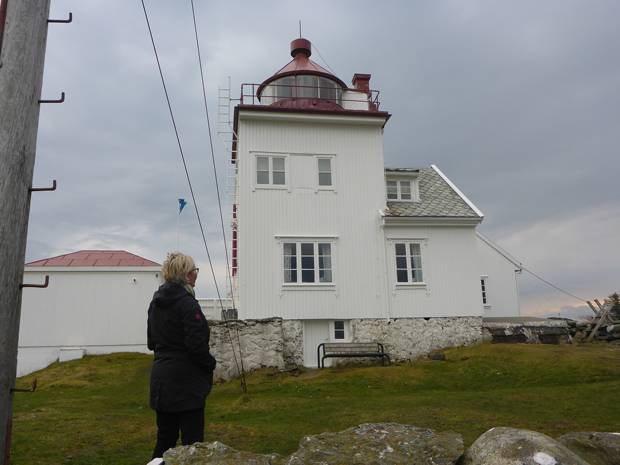
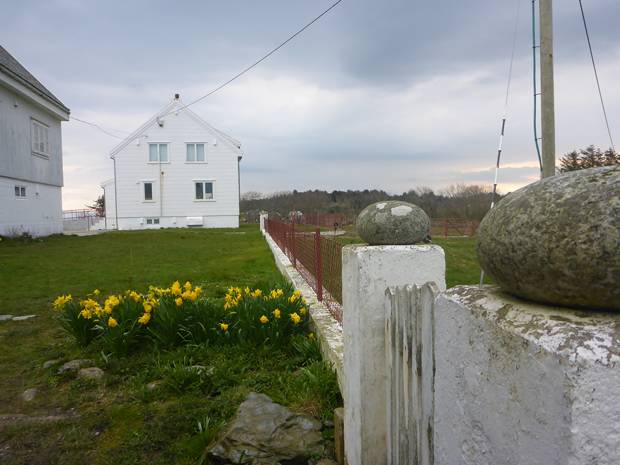
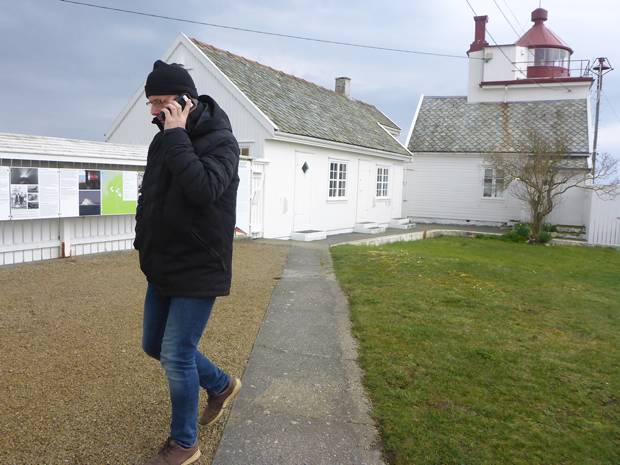
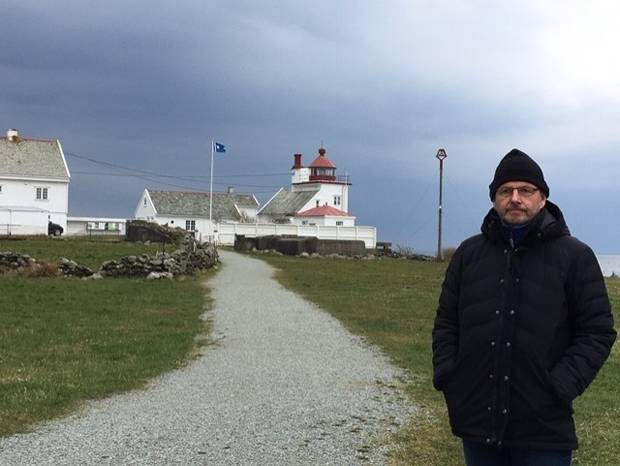
Svein was a much loved teacher by profession and on our brief travels around the area and back through time he would stand and tell us about the history of his homeland with the pride of a professional.
There has been human habitation in this area of south west Norway, Jaeren since the last ice age 11,000 years ago when Norway was a disunited landmass with small unconnected communities. Groups of 10 to 20 family members inhabited the smooth round rock cave at Vistehola with its distant views of the fjord and fishing waters nearby between 6,700 and 8000 years ago in the Stone Age era.
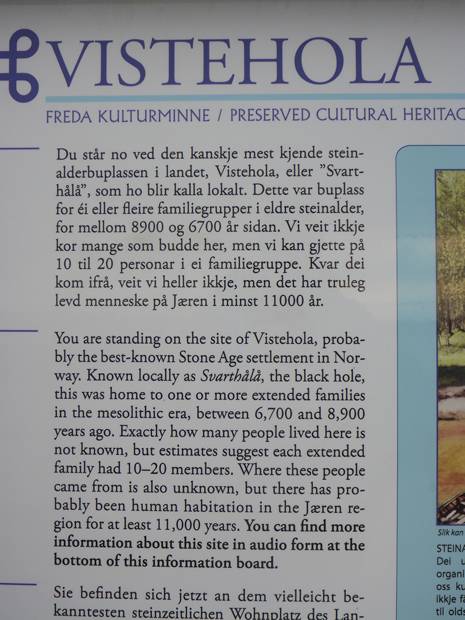
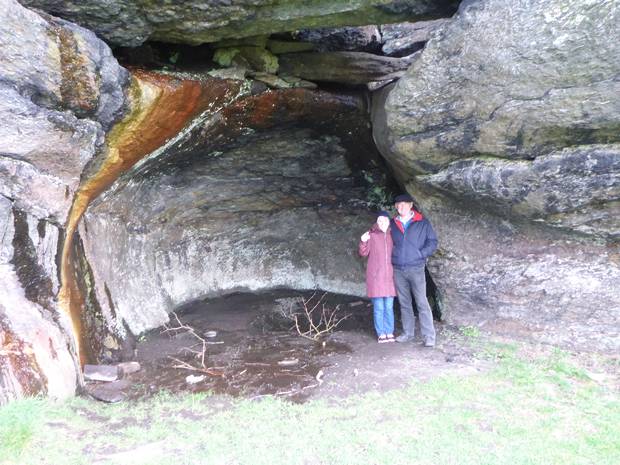

Moving forward in time to the Bronze Age 3000BC to 1200BC we saw the rock carvings at Fluberget that were found in 1879. The red paint has been added recently to make the drawings of the boats, people, hands and sun symbols stand out. As we walked back to the road a group of students with their tutor came to take a look and a couple of them approached Svein for a chat having been his pupils a few years before.


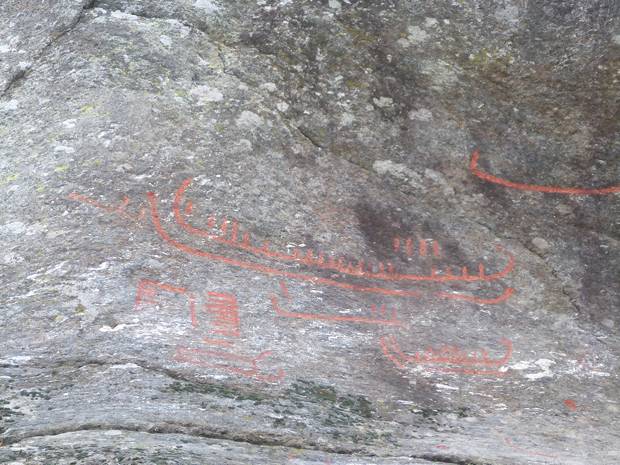
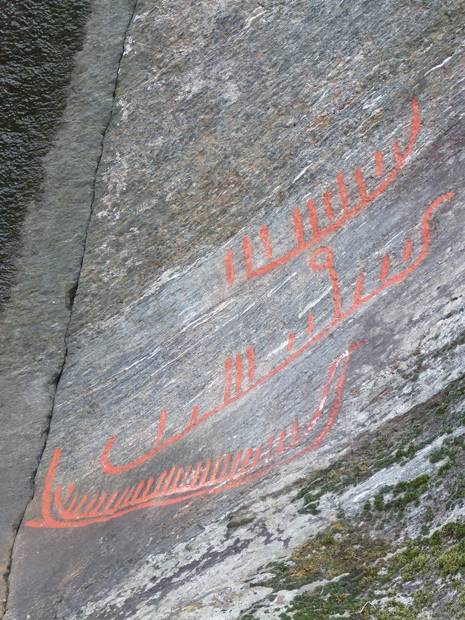
A mere 1500 years ago in the Iron Age the farm at Ullandhaug was a thriving community and today’s site is a unique reconstruction of three out of the four farm buildings re-erected in the 1960’s and I was amused by the juxtaposition with the modern multi storey building behind. You might be thinking that this was enough history for one morning but we made one more visit into the history that formed modern day Norway at the site of the Battle of Hafrsfjord.
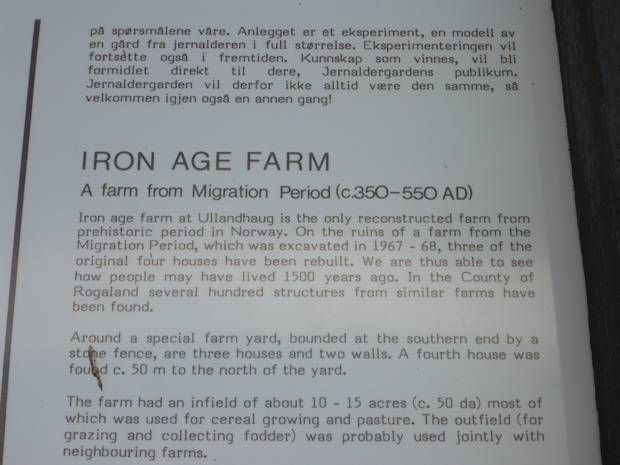

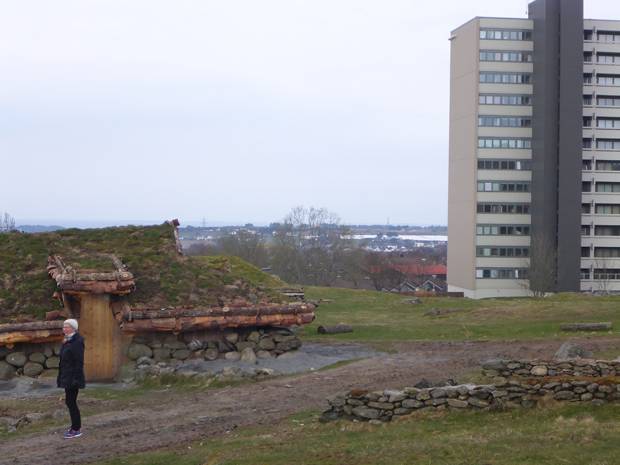


Sounding like something from which ‘The Vikings’ TV series was born Harald Fairhair and his men fought this major unifying battle in 872AD, successfully defeating all the lesser kings and thus creating one Norway. He became the first king of the entire country and reigned for an impressive 58 years. Equally impressively he fathered 6 sons with such wonderfully Viking names as Eric Bloodaxe, Haakon the Good and Olaf Haraldsson. He must have been quite a catch with his golden locks and girded loins.


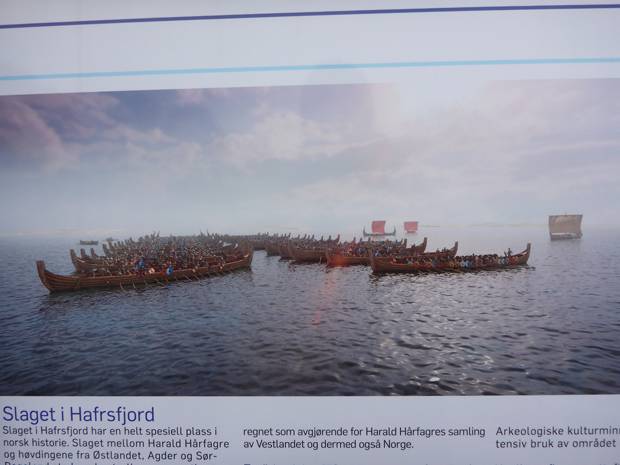


The three swords you see symbolise the laying down of the sword into the rock so they cannot be used in warfare and thus peace reigns rather like the biblical beating of the swords into ploughshares as urged by the Prophet Isaiah. The tallest is of course Harald’s at 9.2 metres and the other two show respect for two of the defeated kings. A nice touch. Granny lying defeated at the bottom is a bit of fun for the grandchildren.
Fortunately Svein and Irene’s home lies on route to our next snippet of history, Utstein Abbey, but first some lunch.
The Calm after the storm
Harald and his troops must have been relieved to settle and farm the area around the present Utstein Abbey after their long fight for dominance. There is some doubt over the dates of the Battle of Hafrsfjord since 872AD would have made Harald a twelve year old at the time. Around 900AD is more likely. Either way his tenure at the farm was a long one before the farm fell into ruin. The present Abbey was built on the same site starting in 1260. It is possible that Harald’s descendant Harald Hardrada ‘The Last Great Viking King’ moved to found Oslo in 1049 but the archaeological work is still in progress.
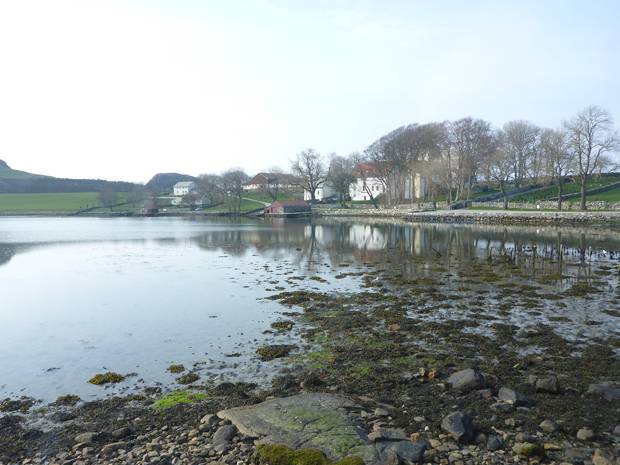

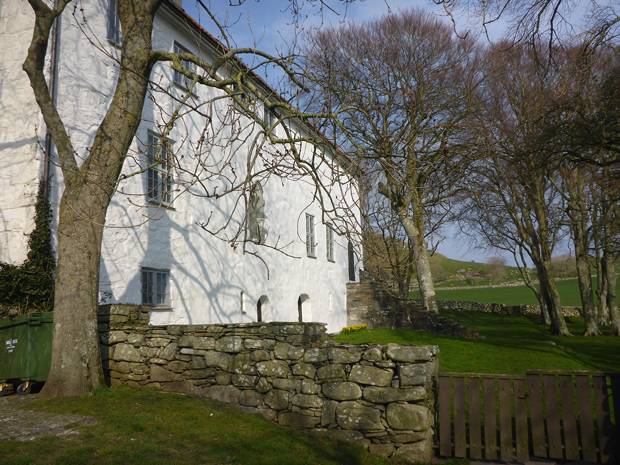

Whatever the facts are the area today is peaceful and quiet and the stillness paved the way for our minds to travel back across the centuries to the birth of Norway as a united country and the hustle and bustle of farming at Harald’s farm.
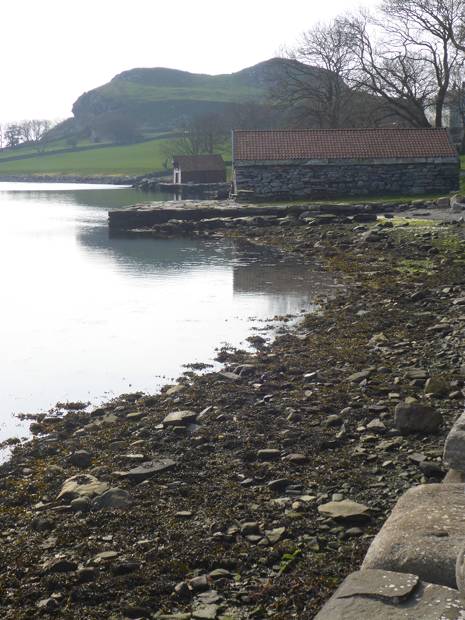
The view from Fjoloy Lighthouse at the end of the neighbouring island from south to north out over the North Sea, the way we would be heading the next day was spectacular and Svein’s lighthouse was clearly visible on the mainland to the south.
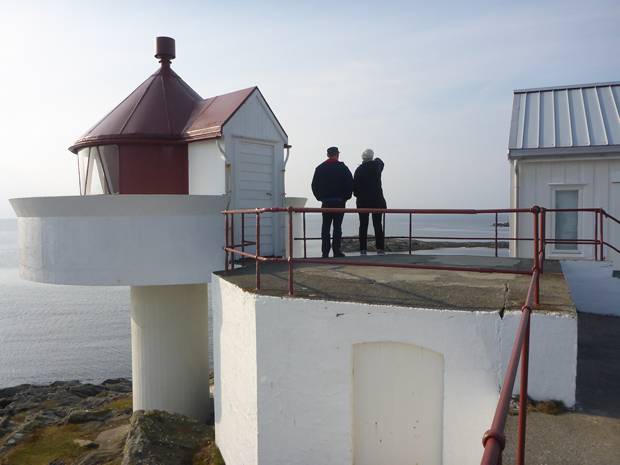
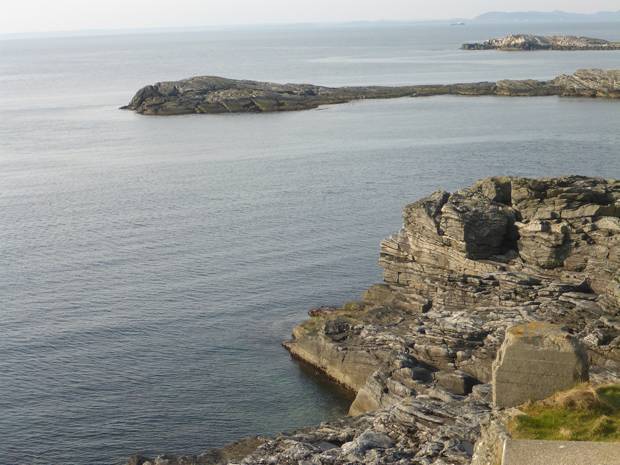

Our short sojourn in Norway was nearly over but one thing was for sure, we would be back for more.
